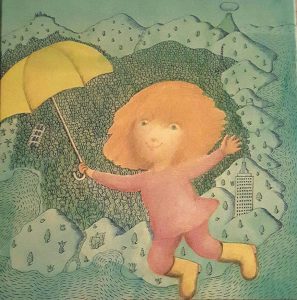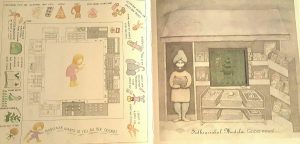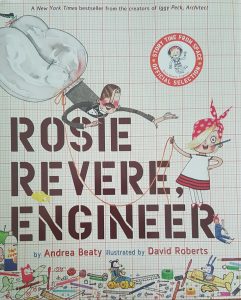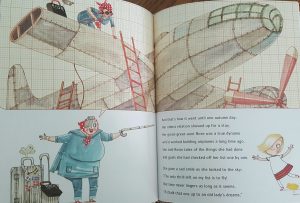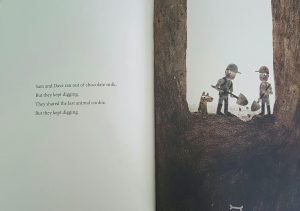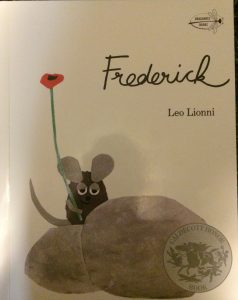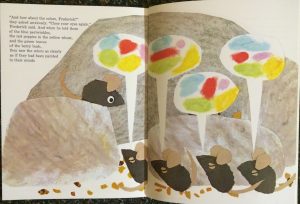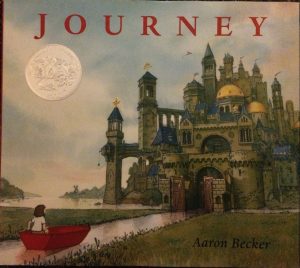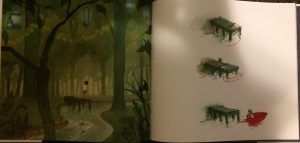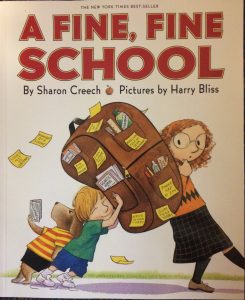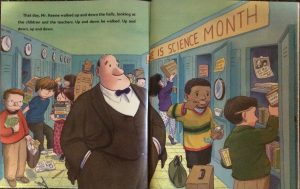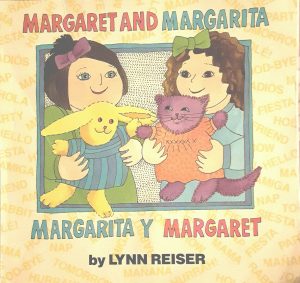
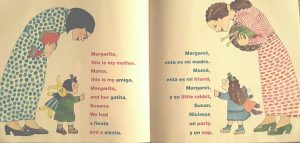
Title: Margaret and Margarita/Margarita Y Margaret
Author: Lynn Reiser
Illustrator: Lynn Reiser
Publishers and Year: Harper Collins Publishing, 1996
Number of pages: 31
Genre: Fiction
Margaret and Margarita/Margarita Y Margaret tells the story of two young girls who meet at a park. One girl speaks only English and the other girl speaks on Spanish. However, a friendship blossoms despite the language barrier proving that friendship is more powerful than the barriers that try to stop it.
I think that this book serves as both a window and a door. It serves as a window because it sheds light on two different cultures and languages. Margaret only speaks English, and Margarita only speaks Spanish. Therefore, the book is written in two languages. One girl will ask a question in English and the other will answer in Spanish. While most bilingual books simply repeat the English phrases into Spanish, this book actually allows for the natural differences of a true dialogue. Therefore, whether a student is bilingual or learning a new language, it acts as a window through which they can peer as they expand their understanding. This book acts as a door because it bridges language barrier gap. These two girls do not speak the same language, yet they bonded as best they could. So often people do not even try to bridge the language barrier gap because only one language is known. This book shows the truth that language, while powerful, is not the only form of communication and connection.
The text and illustrations share an equal role in this story. The text helps to bridge the gap for language learners as they learn new, simple vocabulary. However, the illustrations add to this by narrowing in on the part of the text that might be difficult to comprehend. For example, when a new word was introduced in either language, such as smile, the illustrations were a framed picture showing a black and white face where the only pop of color was in the smile. This pattern was repeated with numerous new words that were introduced into the text. Not only are the illustrations colored in a way that emphasizes the words being learned, but the text is color-coded as well. All of the English words in the book are written in pink and all of the Spanish words are written in blue. The illustrator intentionally colored the native language text to be the same color as the dress of the opposite daughter’s mother. This simply furthers the connection between the two girls, signifying that the foreign language is a safe place, less scary than they might have initially thought.
Another interesting observation that readers will have regarding the illustrations is that everything in the story is in black and white except for the people. The park landscape is in black and white. The bench is in black and white. Even the flowers are illustrated in black and white. However, the mom, daughters, and stuffed animals are all drawn in vibrant color. This shows the reader the exhilaration and freedom that comes from human connection and interaction so that they might realize that it is worth the effort, despite the barriers to walk through that door. Overall, this is much more than a book about learning a new language. This is a book that shows the importance and reward of bridging cultures and languages.

